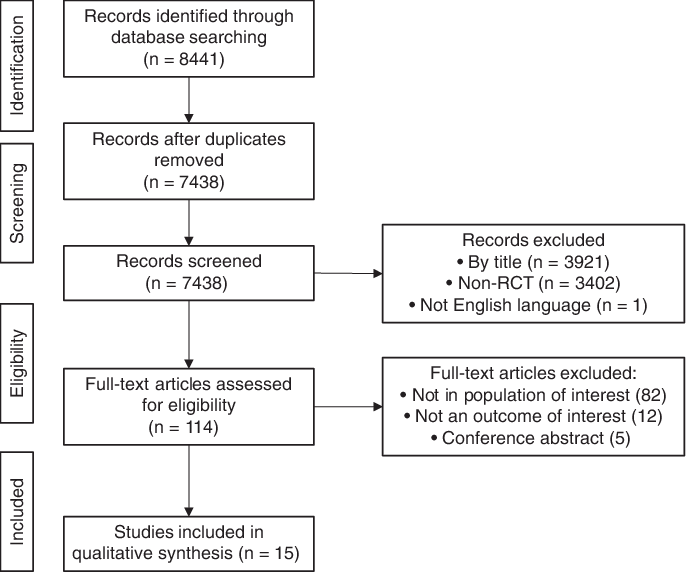EPA Method 3402
The association between circulating n-3 polyunsaturated fatty acid (PUFA) biomarkers and incident type 2 diabetes in Asian populations remains unclear. We aimed to examine the association of erythrocyte n-3 PUFA with incident type 2 diabetes in a Chinese population.
Methods
A total of 2671 participants, aged 40–75 y, free of type 2 diabetes at baseline, were included in the present analysis. Incident type 2 diabetes cases (n = 213) were ascertained during median follow-up of 5.6 years. Baseline erythrocyte fatty acids were measured by gas chromatography. We used multivariable Cox regression models to estimate the hazard ratios (HRs) and 95% confidence intervals (CIs) of type 2 diabetes across quartiles of erythrocyte n-3 PUFA.
Results
After adjustment for potential confounders, HRs (95% CIs) of type 2 diabetes were 0.68 (0.47, 1.00), 0.77 (0.52, 1.15), and 0.63 (0.41, 0.95) in quartiles 2–4 of docosapentaenoic acid (C22:5n-3) (P-trend = 0.07), compared with quartile 1; and 1.08 (0.74, 1.60), 1.03 (0.70, 1.51), and 0.57 (0.38, 0.86) for eicosapentaenoic acid (C20:5n-3) (P-trend = 0.007). No association was found for docosahexaenoic acid (C22:6n-3) or alpha-linolenic acid (C18:3n-3).
Conclusions
Erythrocyte n-3 PUFA from marine sources (C22:5n-3 and C20:5n-3), as biomarkers of dietary marine n-3 PUFA, were inversely associated with incident type 2 diabetes in this Chinese population. Future prospective investigations in other Asian populations are necessary to confirm our findings.

There are no products listed under this category.